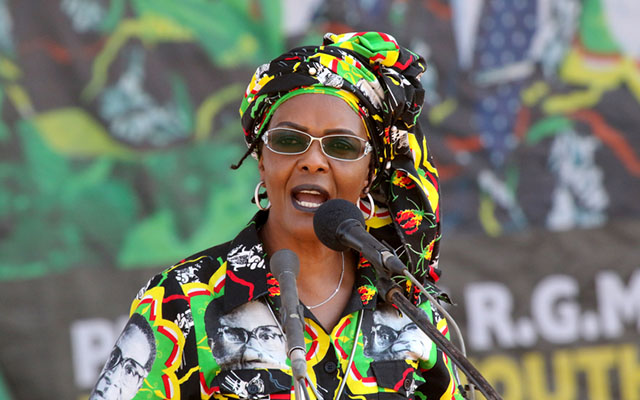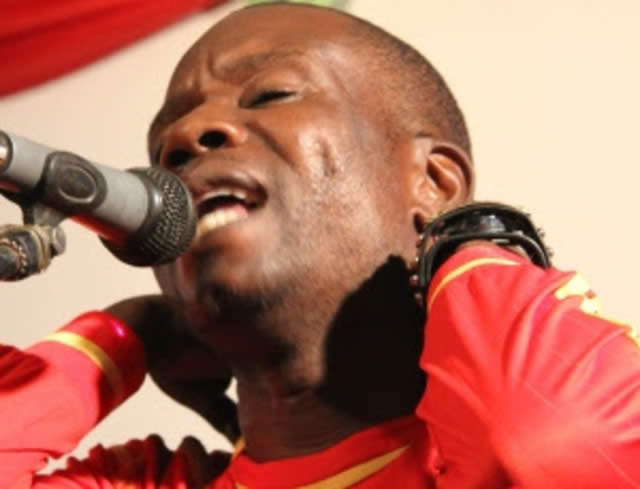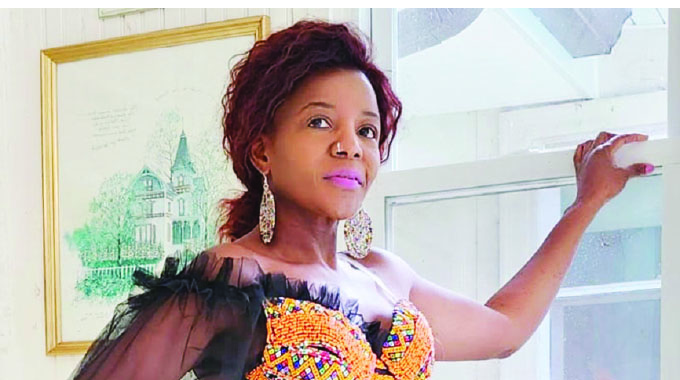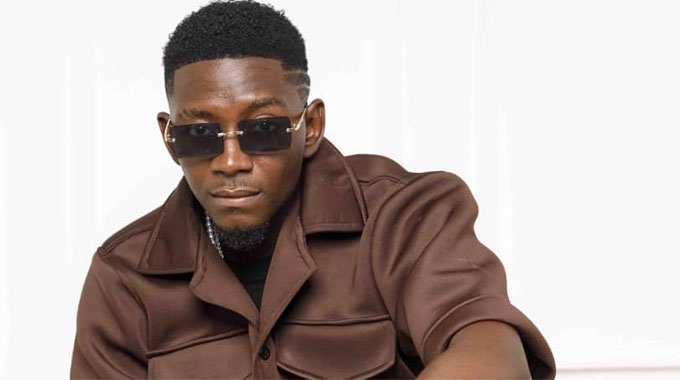Contemporary artist Julio Rizhi in solo exhibition

Yeukai Karengezeka-Chisepo Arts Correspondent
While art can be defined as the expression or application of human creative skill and imagination typically in a visual form, many artistes use this mode of communication to tell their stories to the world. One such contemporary artist is Julio Rizhi whose works centre on socio related issues.
Rizhi recently hosted his second solo exhibition at the First Floor Gallery Harare that was running under the theme “Ane Nzeve Anonzwa” (those who have ears will listen), an invocation to learn from history and to take courage to change. Rizhi often uses seductively bright colours of the discarded plastics he melts to construct his sculptures, as a metaphor for the broken promises of a better future advertised but never delivered. Some of the artworks displayed include “Coat of Arms part 1”, “The Battlefield”, “Ngatinzwanane” (lets listen to each other). According the gallery curator Valerie Kabov the artiste works speaks volumes.
“While we often believe ourselves to be unchangeable and in control of our own lives like molten plastic in Rizhi’s works, we continue believe ourselves to be the same, while melting, melding and mutating almost beyond recognition to try and adjust to circumstances,” she said. The 26- year-old draws inspiration from his background in Mozambique.
“I was raised in a family of two different traditions, the traditions of Mozambique and Zimbabwe. My father ran away from Mozambique during the civil war between the Portuguese and Frelimo, during which Frelimo was forcing young children to fight in their army. This is where I got a lot of my inspiration and beginning to dig into the impact of war on lives of people long after it was over,” said Rizhi. Rizhi said the use of toy soldiers traces back to the civil war.
“For me toy soldiers in my work are not children’s game in the same way that child soldiers in Mozambique were not meant to be soldiers,” he added. After several years of study at the National Gallery of Zimbabwe visual art studio, Julio decided to pursue his own experimental practice. He is based at the Chinembiri studios with several leading artists such as Moffat Takadiwa and Wycliffe Mundopa.







Comments